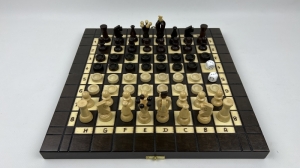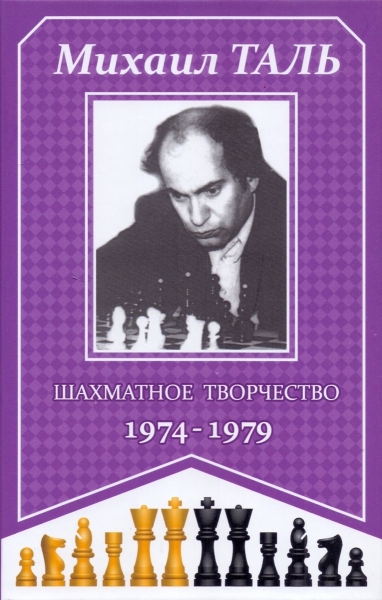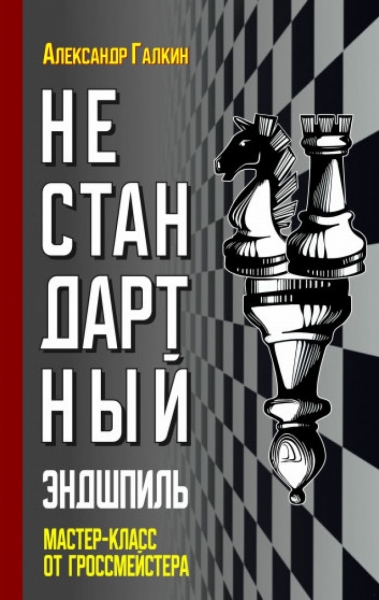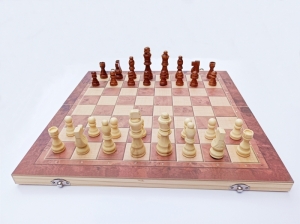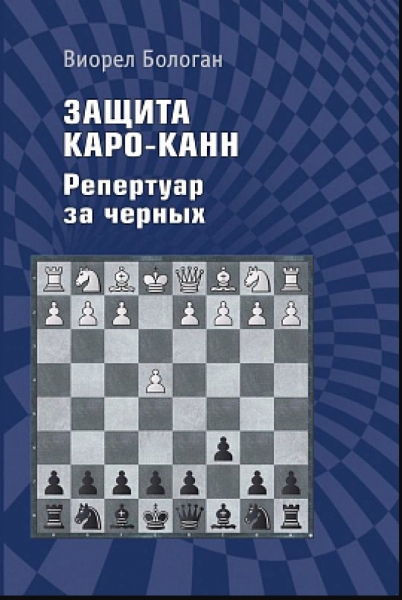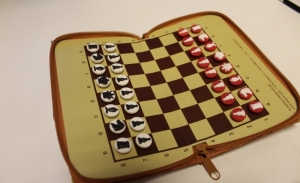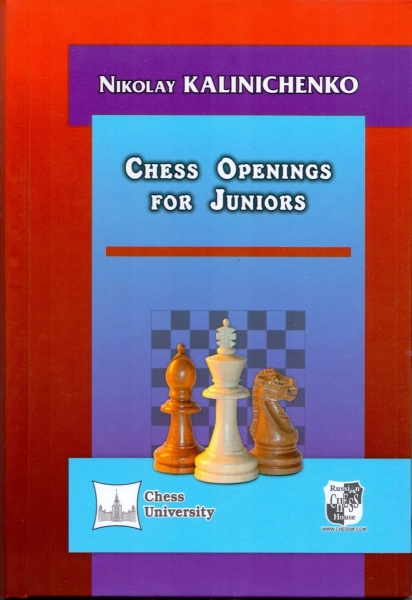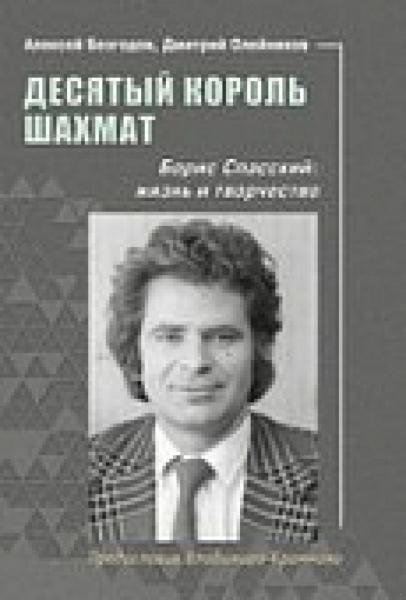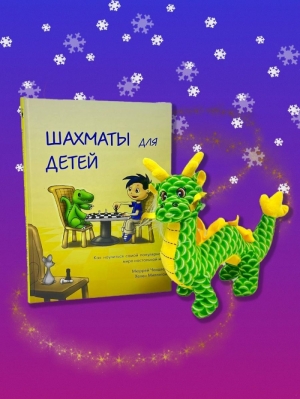Block
Книги автора:
-
10.00 $
Author: Maksim BlokhTitle: 600 Chess CombinationsPublished: Russian Chess House Publishing House, Moscow 2019Binding: PaperbackLanguage: English, Russian, German (The foreword and the index only in English and Russian)Pages: 96This book of chess exercises has been written by an experienced coach, Maksim Blokh, an International Correspondence Grandmaster. It contains more than 600 exercises, classified by combinative motifs. This carefully planned approach aids the development of combinative vision and enables the book to be used as a chess manual. The exercises are distinguished by a tense fight, and usually there is only one way to the goal.The book is intended for ordinary schools and colleges, as well for specialist chess courses, and it can also be used as a self-tutor. In both cases a certain basic chess knowledge is assumed.Dieses Schach-Übungsbuch wurde vom ICCF-Großmeister Maksim Bloch geschrieben. Es enthält mehr als 600 Übungen, die nach verschiedenen kombina-torischen Motiven geordnet sind. Dieser kluge Ansatz erleichtert den Prozess der Entwicklung des kombinatorischen Sehens, das Buch kann vom Leser sehr gut als Handbuch verwendet werden.Die Übungen sind durch spannende Lösungen charakterisiert, und normalerweise gibt es nur einen Weg, der zum Ziel führt. Das Buch ist für spezielle Schach-gruppen in Mittel- und Hochschulen geeignet und kann auch zum Selbststudium verwendet werden. In beiden Fällen ist ein bestimmtes schachliches Anfangs-wissen notwendig.FOREWORDDear chess friends! One of the most important components of chess mastery is the ability to conduct a tactical fight. Therefore it is essential to study the theory of chess tactics, to develop your combinative vision, and to improve the technique of calculating variations.In this book the author continues his researches in this field, which were initiated in his previous books (1200 Combinations; The Art of Combination; and Chess Manual). This book is devoted to a classification of combinative motifs (weaknesses in the position, and also features of the placement and coordination of the pieces) which suggest the possibility of finding and carrying out a combination.Such a classification enables the book to be used not only as a set of exercises, but also as a manual. The detailed table of enables trainers to select examples for instruction, while for less experienced players it can serve as a subtle hint in case of difficulties.For successful work with the book, a certain level of knowledge of basic tactical methods is required. Therefore I strongly recommend, particularly younger readers, to first study the chapter ‘Basics of Chess Tactics’ in my Chess Manual.Most of the 384 positions offered here are so sharp, that only a single solution for White exists when it is him to move, while Black, when it is him to move, can also achieve success in a single possible way! (Incidentally, in some positions the second player carries out a combinative motif relating to another section of the book). Hence the total number of combinations exceeds 600.The author has endeavoured to gather positions that are characterised by a unique solution (therefore some positions from practical games have been slightly modified), creative richness, and instructive value. Positions that are given without mentioning their source have been composed by the author and used by him in his classes for young players.The numeric value in circles (at the top right of every diagram) indicates its level of complexity. The author recommends first trying to find a solution, making written notes, but without moving the pieces on the board. Those examples that could not be solved at the first attempt should be thoroughly studied later, after the first reading of the book is completed.I hope that you will enjoy the book and substantially improve your play through studying it. Later you may wish to study my more detailed book Combinative Motifs, on the same topic, which contains 1206 diagrams with exercises. Maksim BIokh
-
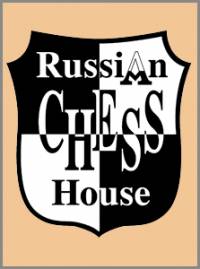 The life of a chess player in the system. Memories of the grandmaster
Author:
The life of a chess player in the system. Memories of the grandmaster
Author:
Averbah 45.00 $ -
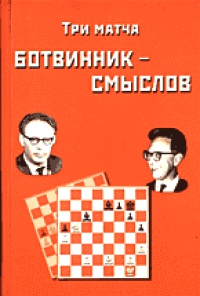 Три матча Ботвинник-Смыслов
Author:
Три матча Ботвинник-Смыслов
Author:
Botvinnik 45.00 $ -
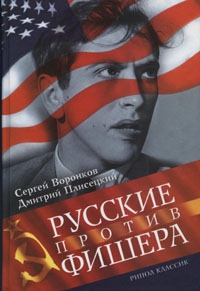 Russians vs Fisher
Author:
Russians vs Fisher
Author:
Voronkov 65.00 $ -
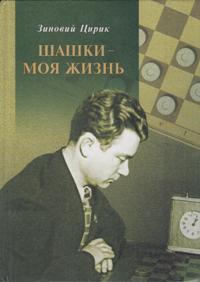 Checkers is my life
Author:
Checkers is my life
Author:
Ciric 87.50 $ -
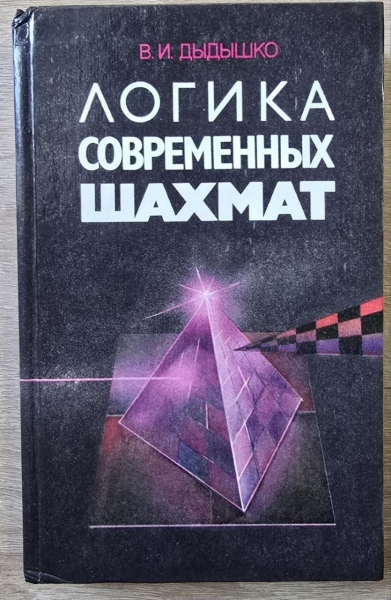 The logic of modern chess
Author:
The logic of modern chess
Author:
Dydyshko 72.50 $ -
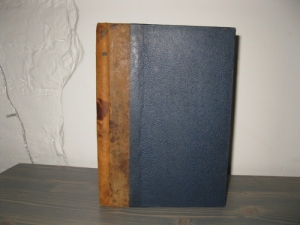 Siegbert Tarrasch. The Queen
Author:
Siegbert Tarrasch. The Queen
Author:
Tarrash 72.50 $ -
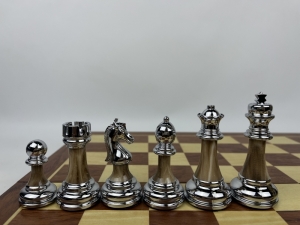 High quality acrylic metal heavy chess pieces with wooden board
202.50 $
High quality acrylic metal heavy chess pieces with wooden board
202.50 $
-
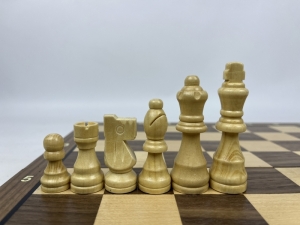 Wooden magnetic Staunton chess with a lock (silver)
56.25 $
Wooden magnetic Staunton chess with a lock (silver)
56.25 $
-
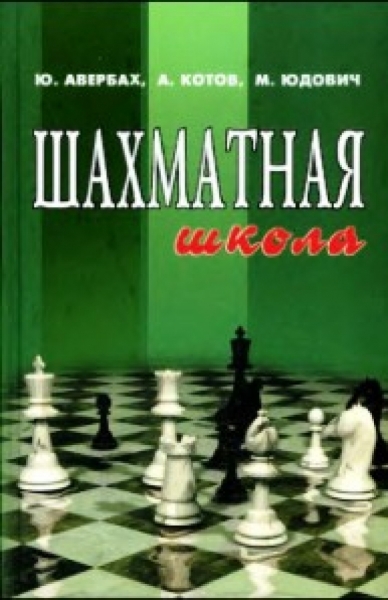 Chess school
Author:
Chess school
Author:
Averbah 15.00 $ -
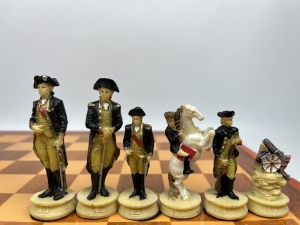 The chess set of The Chessmen. US war - Great Britain
325.00 $
The chess set of The Chessmen. US war - Great Britain
325.00 $
 Русский
Русский  Английский
Английский 